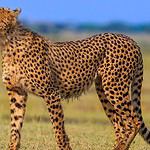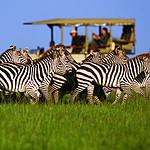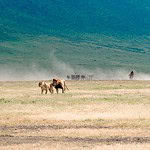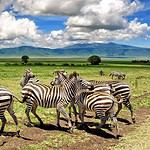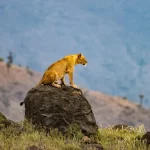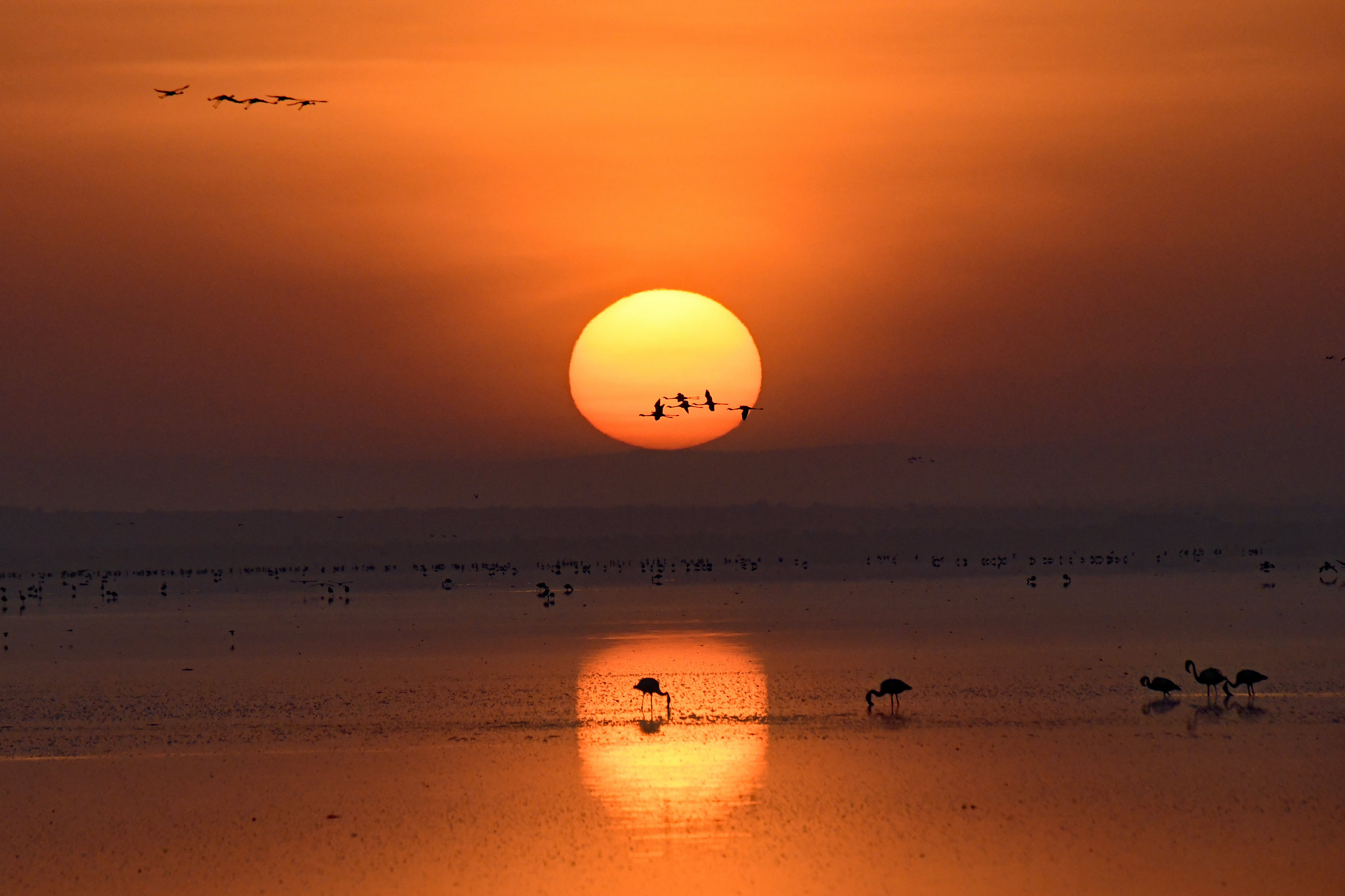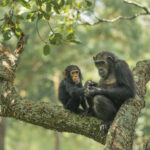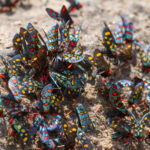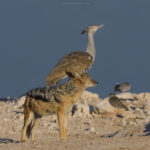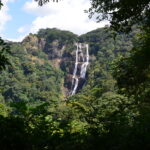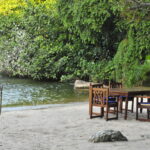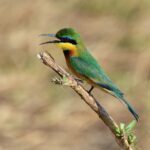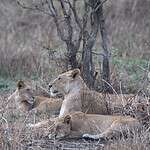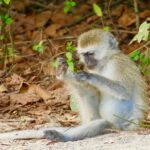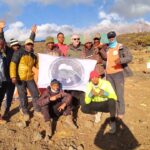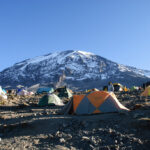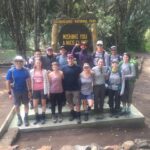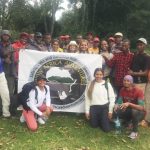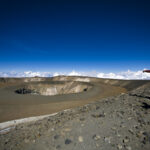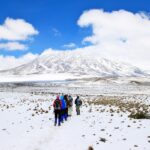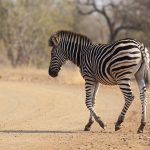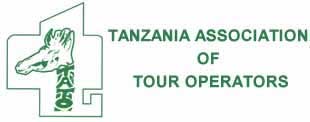Africa’s Mount Kilimanjaro: A Complete Guide to the Roof of Africa
Mount Kilimanjaro, known as the “Roof of Africa,” is one of the world’s most iconic mountains and a major attraction for climbers and adventure-seekers from around the globe. As the tallest mountain in Africa and the highest free-standing mountain in the world, reaching 5,895 meters (19,341 feet) at Uhuru Peak, Africa’s Mount Kilimanjaro offers an unparalleled experience for those who wish to challenge themselves on a once-in-a-lifetime journey. Located in northeastern Tanzania near the Kenyan border, Kilimanjaro stands majestically with its snow-capped summit, drawing thousands of trekkers annually who dream of conquering its peaks.
In this guide, we will dive into everything you need to know about Africa’s Mount Kilimanjaro, from its diverse climbing routes to its breathtaking landscapes and unique ecosystems. Whether you’re a seasoned climber or a first-time adventurer, this guide will help you prepare for an unforgettable journey.
Why Climb Africa’s Mount Kilimanjaro?
Climbing Mount Kilimanjaro is a bucket-list achievement for many and one of the most accessible high-altitude climbs in the world. Unlike many other major peaks, reaching the top of Kilimanjaro doesn’t require technical climbing skills. With the right preparation, determination, and the support of experienced guides, reaching the summit is achievable for those with a reasonable level of fitness. Along the way, climbers experience Kilimanjaro’s unique biodiversity and ecosystems, ranging from lush rainforests and alpine deserts to glaciers at the summit.
For those seeking adventure, personal accomplishment, and awe-inspiring landscapes, climbing Africa’s Mount Kilimanjaro is an experience like no other.
The Routes to the Summit
Africa’s Mount Kilimanjaro offers multiple routes to the summit, each with distinct features, scenic views, and challenges. Here’s a quick overview of the main routes:
- Marangu Route: Known as the “Coca-Cola Route,” this is one of the oldest and most popular routes on Mount Kilimanjaro. It’s the only route that offers hut accommodations along the way, making it popular with trekkers seeking a slightly easier climb.
- Machame Route: Often called the “Whiskey Route,” the Machame Route is a more challenging but incredibly scenic option. This route takes climbers through lush rainforests, moorlands, and alpine deserts, providing a memorable and varied experience.
- Lemosho Route: Known for its beautiful landscapes and ample acclimatization time, the Lemosho Route is perfect for those who prefer a longer climb with higher chances of summit success. It starts on the western side of the mountain, offering remote and scenic paths.
- Rongai Route: Starting from the north, near the Kenyan border, the Rongai Route offers a more gradual climb with quieter trails. It’s ideal for those looking for a more secluded experience on Mount Kilimanjaro.
- Umbwe Route: This is one of the steepest routes and is recommended only for experienced climbers due to its rapid ascent. It’s a challenging yet scenic route for those in excellent physical condition.
Each of these routes provides a different experience on Africa’s Mount Kilimanjaro, allowing climbers to choose based on their experience level, preference for scenic views, and desired duration of the trek.
The Ecosystems of Mount Kilimanjaro
One of the most captivating aspects of climbing Africa’s Mount Kilimanjaro is experiencing the mountain’s five distinct ecological zones:
- Cultivation Zone: The base of the mountain, where local farming communities cultivate bananas, coffee, and other crops.
- Rainforest Zone: Home to dense tropical forests, vibrant plant life, and wildlife, including monkeys, birds, and even the occasional elephant. This lush zone is typically encountered in the first few days of the trek.
- Heather and Moorland Zone: As you ascend, the rainforest gives way to shrubs and smaller vegetation, along with striking landscapes filled with giant groundsels and lobelias.
- Alpine Desert Zone: The air becomes thinner, and the environment becomes rocky and barren. Temperatures fluctuate dramatically between day and night, creating a surreal, moon-like landscape.
- Arctic Zone: Near the summit, the arctic zone is characterized by glaciers, snow, and icy terrain. Reaching this final zone is an awe-inspiring accomplishment, marking the last push to the summit of Africa’s Mount Kilimanjaro.
What to Expect on Your Climb
A trek up Africa’s Mount Kilimanjaro typically takes between five and nine days, depending on the chosen route and the climber’s pace. Most routes are designed with the “climb high, sleep low” approach, which allows for better acclimatization and improves the chances of reaching the summit. Each day of the trek usually involves hiking between four to eight hours, with summit day being the longest and most challenging.
Summit night is the highlight of the journey, with trekkers typically setting off just before midnight to reach the summit by sunrise. The climb to Uhuru Peak is physically and mentally demanding, but the reward of standing on top of Africa’s highest point is an unforgettable experience.
Preparing for Africa’s Mount Kilimanjaro
Preparation is key to a successful climb. Here are some essential tips to keep in mind:
- Physical Fitness: Start training several months before your climb. Cardiovascular exercises, strength training, and hiking practice will help improve your endurance for high-altitude trekking.
- Acclimatization: Choose a route that allows adequate time for acclimatization, as altitude sickness can be a challenge on Mount Kilimanjaro.
- Essential Gear: Make sure to bring quality trekking boots, warm layered clothing, a reliable sleeping bag, and sun protection.
- Hydration and Nutrition: Staying hydrated and consuming energy-boosting foods are essential. Many routes include meals prepared by a support team, so focus on eating well to keep your energy levels high.
Final Thoughts on Climbing Africa’s Mount Kilimanjaro
Conquering Africa’s Mount Kilimanjaro is a journey filled with natural beauty, cultural richness, and personal accomplishment. Whether you’re drawn to Kilimanjaro’s scenic landscapes, its unique ecosystems, or the thrill of reaching the highest point in Africa, climbing Kilimanjaro is a life-changing adventure.
With expert guides from Snow Africa Adventure, you can make the most of your climb and feel confident every step of the way. Start planning your journey to Africa’s Mount Kilimanjaro and embark on an unforgettable adventure to the top of the continent.
Bottom of Form

